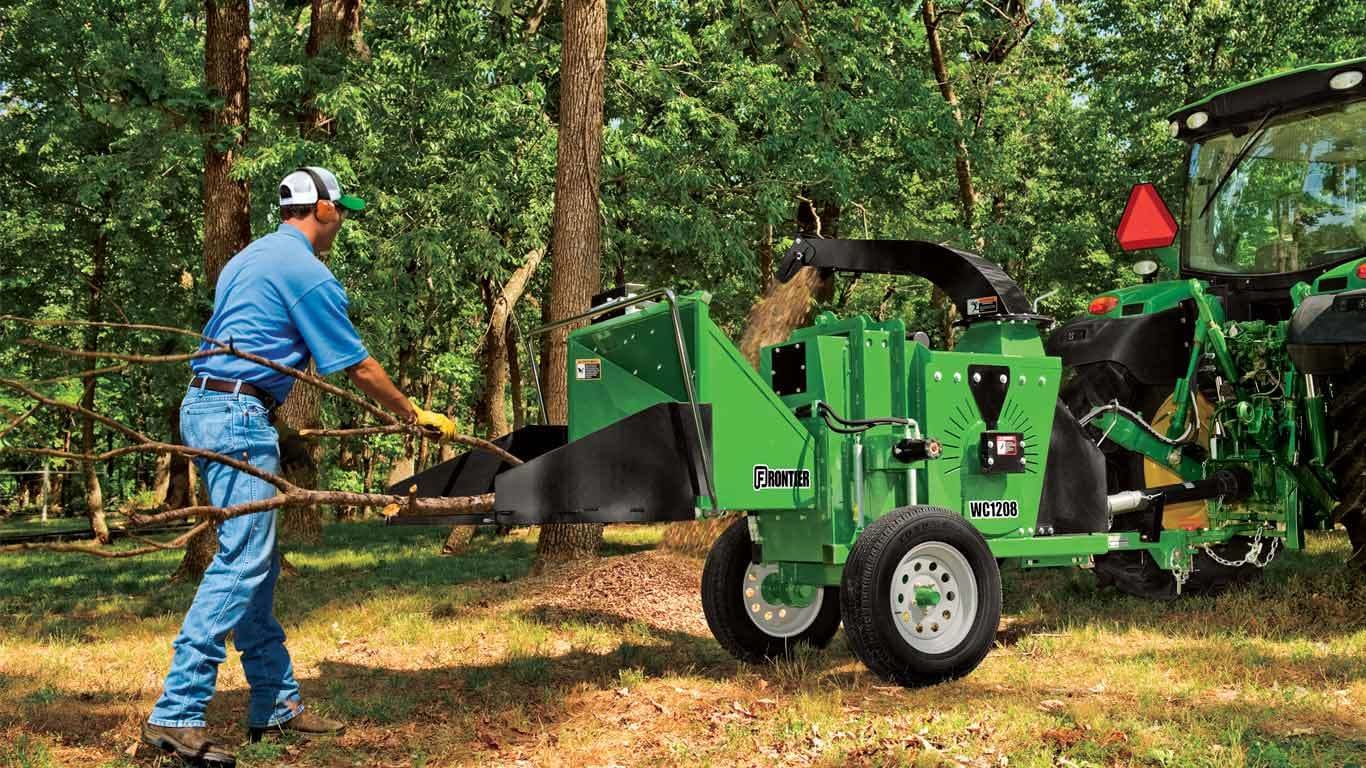Wood chippers are indispensable tools for anyone involved in landscaping, gardening, forestry, or any task that requires the processing of wood waste. These powerful machines convert large branches, logs, and other wood debris into small, manageable chips, making disposal or repurposing easier and more efficient. This article explores the different types of wood chippers, their applications, and essential maintenance practices to ensure their longevity and optimal performance.
Types of Wood Chippers
Wood chippers come in various types, each designed to meet specific needs and handle different scales of work. The three primary types of wood chippers are:
- Drum Chippers: Drum chippers use a large, rotating drum equipped with sharp blades. The drum pulls in the wood and chips it into small pieces. These chippers are known for their high capacity and efficiency, making them ideal for commercial and industrial use. However, they can be more dangerous than other types if not handled properly due to the drum’s powerful pulling force.
- Disc Chippers: Disc chippers feature a flywheel with mounted blades that cut the wood against an anvil. These chippers are often preferred for their ability to produce more uniform chips, which is beneficial in applications like biomass energy production. Disc chippers are versatile and can be found in both small-scale residential models and larger industrial machines.
- Screw Chippers: Screw chippers use a large, screw-shaped blade to shred the wood. These chippers are less common but are valued for their ability to produce very consistent chip sizes. They are generally used in specialized applications where uniform chip size is crucial, such as in certain manufacturing processes.
Applications of Wood Chippers
Wood chippers have a wide range of applications across different industries. Here are some of the most common uses:
- Landscaping and Gardening: In residential and commercial landscaping, wood chippers help manage tree trimmings, branches, and other yard waste. The resulting wood chips can be used as mulch to retain soil moisture, suppress weeds, and enhance garden aesthetics.
- Forestry: Forestry operations generate substantial amounts of wood debris. Wood chippers are essential for converting this waste into manageable chips, which can be used for various purposes, including soil erosion control, biomass fuel, and pulp for paper production.
- Agriculture: Farmers use wood chippers to process orchard prunings and other agricultural wood waste. The chips can be used as organic mulch, providing nutrients to the soil and improving crop yields.
- Municipal Services: Municipalities use wood chippers for tree maintenance and storm cleanup. Chipping tree branches and other debris helps reduce the volume of waste and facilitates disposal or recycling.
- Biomass Energy Production: Wood chips are a valuable source of biomass energy. They can be burned in specialized furnaces to generate heat and electricity, providing a renewable and sustainable energy source.
Maintenance of Wood Chippers
Regular maintenance is crucial to ensure the safety, efficiency, and longevity of wood chippers. Here are some essential maintenance practices:
- Routine Inspections: Before each use, inspect the wood chipper for any signs of wear, damage, or loose parts. Check the blades, belts, and other critical components to ensure they are in good condition.
- Blade Sharpening: Sharp blades are vital for efficient chipping and reducing the strain on the machine. Regularly check and sharpen the blades as needed. Dull blades can lead to increased wear on the chipper and produce uneven chips.
- Lubrication: Proper lubrication of moving parts reduces friction and wear, extending the life of the machine. Follow the manufacturer’s recommendations for lubrication intervals and use the appropriate lubricants.
- Cleaning: After each use, clean the chipper to remove any wood chips, sap, or debris that may have accumulated. This prevents clogging and corrosion, ensuring smooth operation.
- Safety Features: Regularly check safety features like guards, emergency stop buttons, and feed control mechanisms. Ensure they are functioning correctly to prevent accidents.
- Engine Maintenance: For gas-powered chippers, regular engine maintenance is essential. This includes checking the oil level, replacing air filters, and inspecting spark plugs. Follow the manufacturer’s guidelines for scheduled maintenance tasks.
- Storage: When not in use, store the wood chipper in a dry, sheltered location. Protecting it from the elements prevents rust and other weather-related damage.
Conclusion
Wood chippers are versatile and powerful tools that serve a wide range of applications from landscaping to biomass energy production. Understanding the different types of chippers and their specific uses can help users select the right machine for their needs. Regular maintenance is essential to keep wood chippers operating safely and efficiently, prolonging their lifespan and ensuring they remain valuable assets for years to come. Whether for residential use or industrial operations, investing time and effort in the proper care of wood chippers will yield significant benefits in productivity and cost savings.




